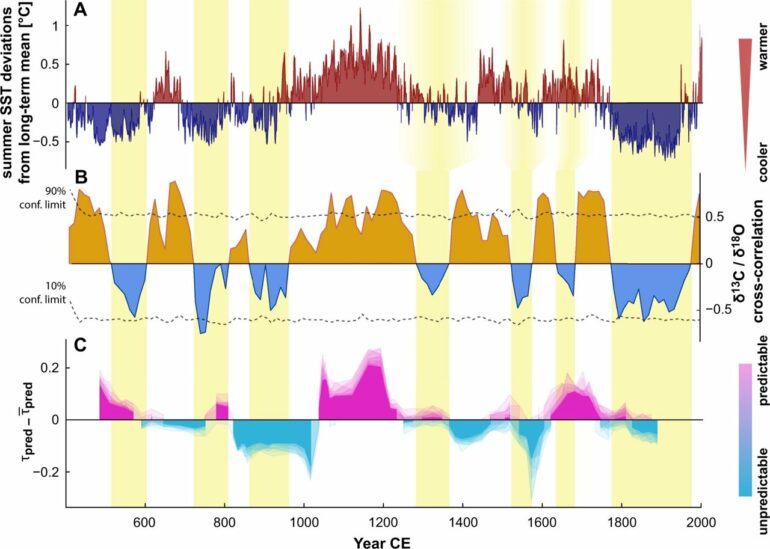The United States experiences a staggeringly high rate of gun homicides, but accurately predicting these incidents—especially on a monthly basis—has been a significant challenge, due to the lag in the release of official Centers for Disease Control and Prevention (CDC) firearm mortality data, which is a cornerstone of reliable gun research.
A new methodology developed by a team at NYU Tandon School of Engineering could change that.
In a paper published in the Journal of Criminal Justice, researchers led by Maurizio Porfiri, NYU Tandon Institute Professor and Director of the Center for Urban Science and Progress (CUSP), revealed that, by combining CDC data with data from a range of other sources, they created a model that outperforms the techniques currently in use to predict monthly gun homicide rates. Some of the researchers’ other data sources were city police departments, news stories, and the crowdsourced Gun Violence Archive database.
“Policy makers and practitioners often use outdated or limited data to make decisions around gun violence reduction strategies, obviously a less-than-ideal situation when precision is a goal,” said Porfiri. “Our model may be used to fill data gaps and anticipate outbreaks of violence, thereby offering a concrete aid to evidence-based interventions.”
According to Porfiri, gun violence analysts and researchers typically rely on the CDC’s definitive annual firearm death data, which is usually released in December and covers the prior calendar year. That means January data in it is nearly two years old by the time it’s available. While the CDC also releases provisional quarterly gun data 10 months after each quarter’s end, that data is subject to revision, which reduces its usefulness.
The interdisciplinary research team’s multi-data-source methodology compensates for the CDC data’s limitations and provides a means to not only accurately forecast monthly gun homicide rates, but also ascertain those rates for prior months, before the CDC releases its data. Team members on the project include Salvador Ramallo, Fulbright Scholar from the University of Murcia, Spain, visiting Porfiri at CUSP, and long-term Porifiri collaborators Maximo Camacho and Manuel Ruiz Marin, Professors at the University of Murcia and Technical University of Cartagena, Spain, respectively.
The researchers applied a dynamic factor model—a statistical technique that is used to identify and analyze patterns and relationships between variables that change over time—to more than 20 years’ worth of data. They employed both “forecasted” and “backcasted” analyses on historical dates using mixed-frequency data available at that time, forecasting up to one year and backcasting as recently as the month preceding the time of analysis. The researchers confirmed their model predicted monthly homicide rates more accurately than the competitor models, by comparing its results to data in CDC’s annual reports for those historical dates.
Other than the CDC, the data sources analyzed in the research were the Gun Violence Archive; New York City, Chicago, and Philadelphia police departments; The New York Times and The Washington Post (presence of keywords in news stories); Google Trends; National Instant Criminal Background Check System (NCIS); Economic Policy Uncertainty index; and geo-targeted Twitter data reflecting certain keyword presence.
The new model could be incorporated into a public dashboard or another tool, said Porifiri, so researchers and others could put it to use easily.
This latest study contributes to Porfiri’s ongoing data-based research related to U.S. gun prevalence and violence, and his overall efforts to study the “firearm ecosystem” in the United States. Previous projects focused on factors that prompt gun purchases and state-by-state gun ownership trends.
More information:
Salvador Ramallo et al, A dynamic factor model to predict homicides with firearm in the United States, Journal of Criminal Justice (2023). DOI: 10.1016/j.jcrimjus.2023.102051
Provided by
NYU Tandon School of Engineering
Citation:
New statistical model accurately predicts monthly US gun homicides, overcoming limitations of official government data (2023, April 7)
